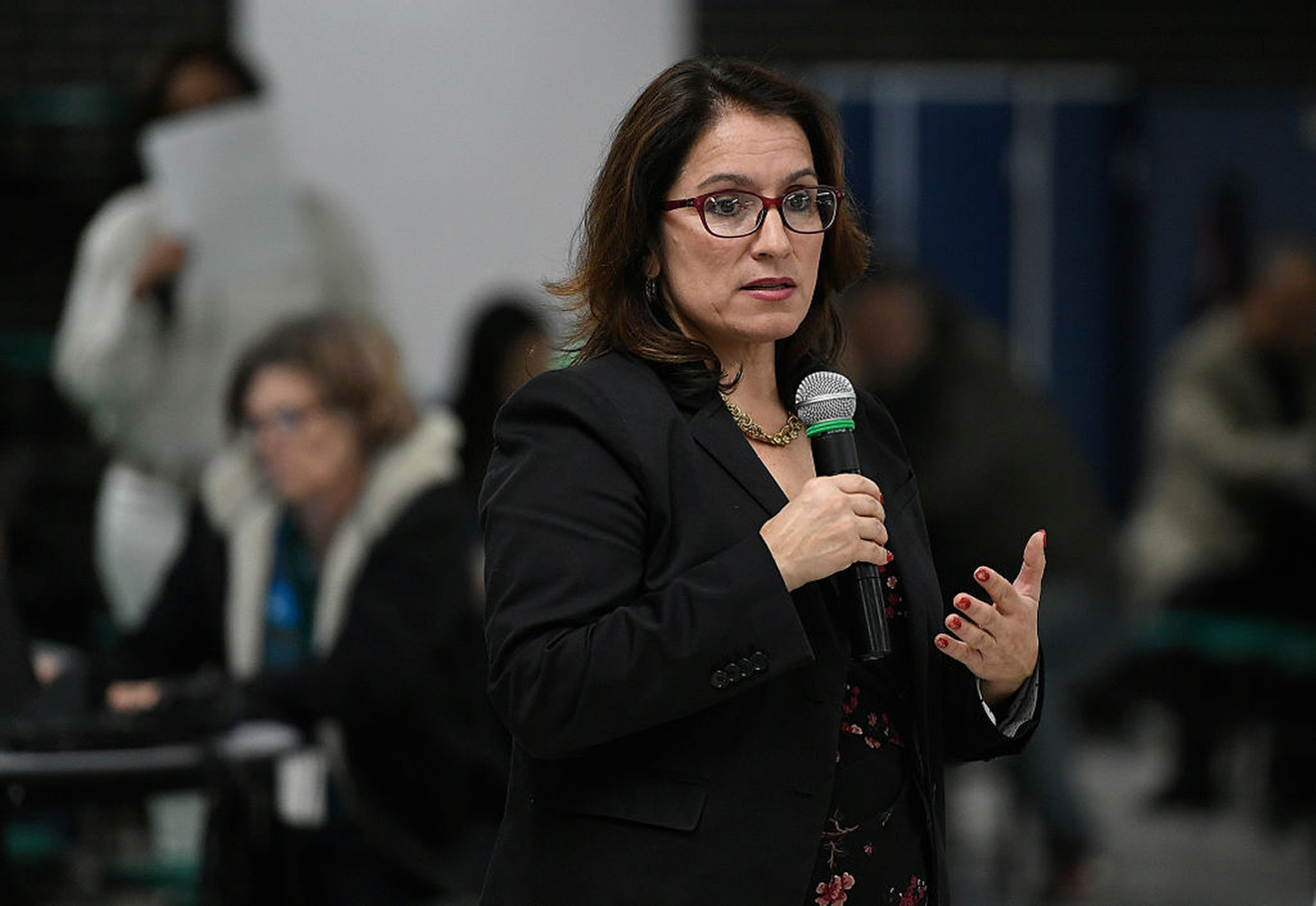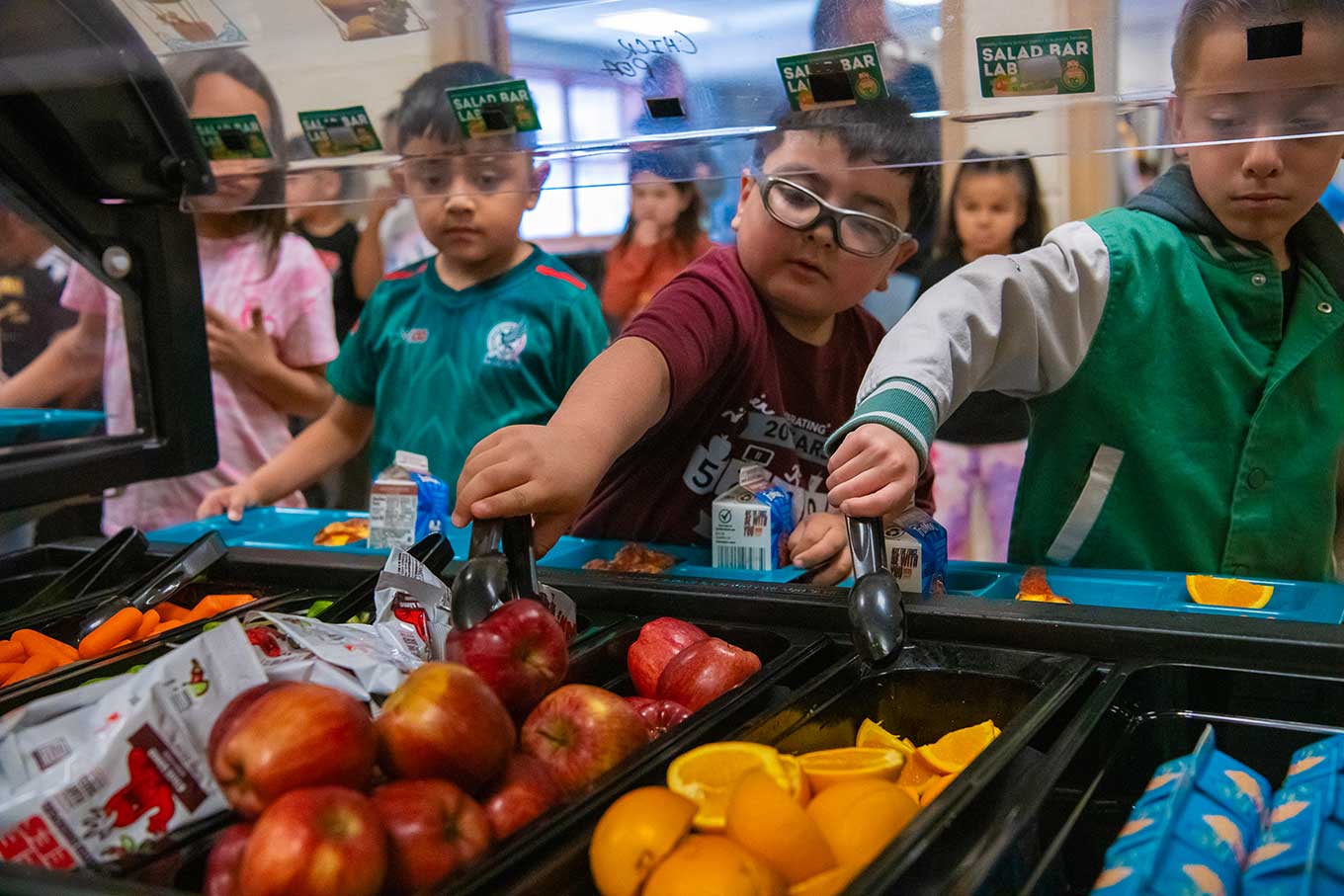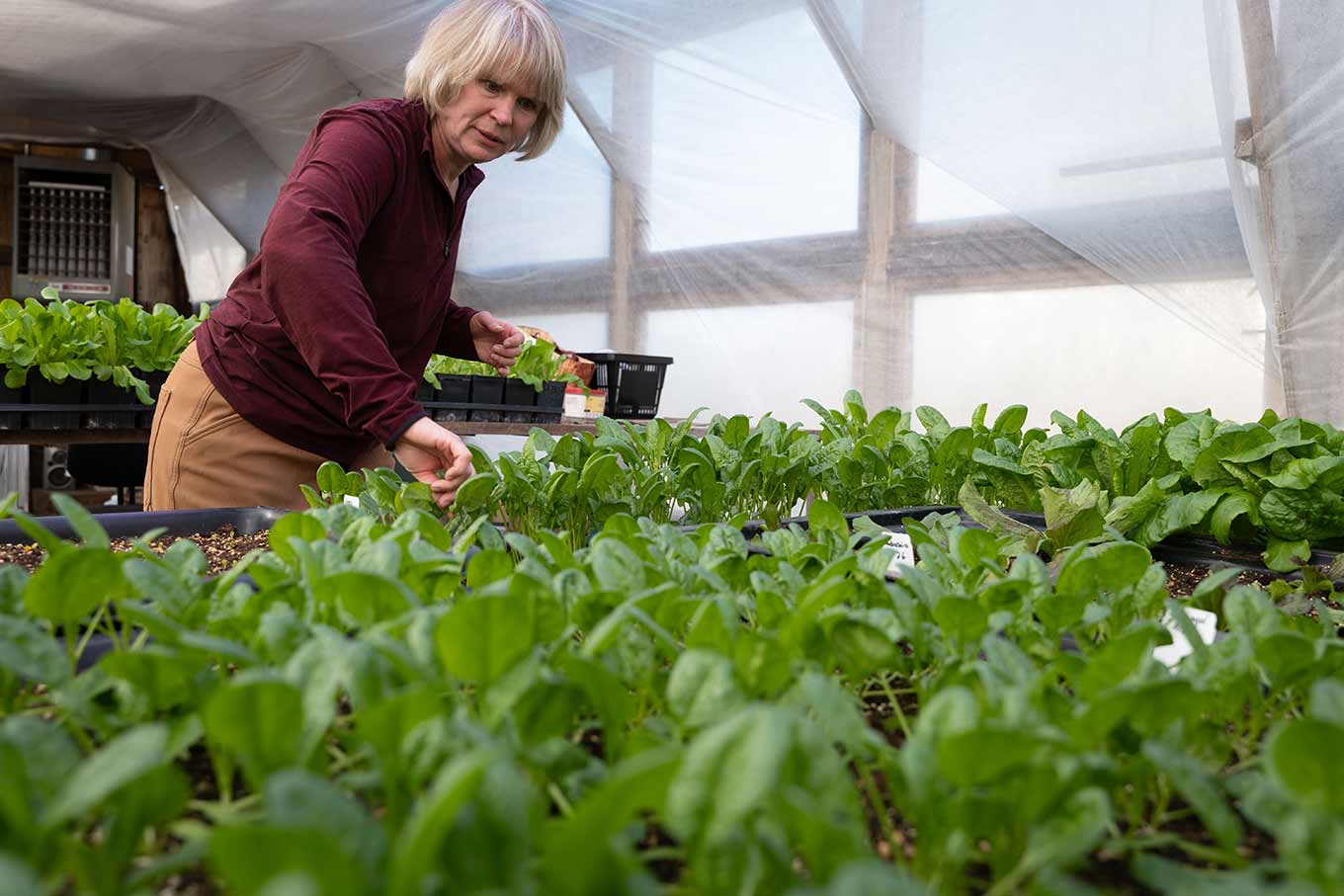As concerns over the novel coronavirus halted school breakfast and lunch and after-school family nutrition programs, state services and advocates rushed to cover gaps but did not promise a seamless transition.
About 225,000 Colorado students used federally funded free or reduced-price lunch in the 2018-19 school year, and more than half of those also used free breakfasts. Thousands of those families also use after-school nutrition provided at Boys & Girls Clubs and other locations by service organizations like Food Bank of the Rockies. For many families, the meals and to-go backpacks are the only reliable source of nutrition in their lives.
As the largest school districts in the state shut down this week to aid virus-control efforts, state officials immediately sought and received a federal waiver to spend on-site meal funds on grab-and-go foods that school districts are setting up at various locations.
Service agencies have asked Gov. Jared Polis’s office about using National Guard troops to replace warehouse volunteers, set up remote distribution sites and haul materials. They acknowledged, though, that service groups of all kinds have made similar inquiries for assistance from the National Guard.
Food Bank of the Rockies, meanwhile, which supplies after-school programs while also distributing wholesale food to pantries and service locations in 53 counties across Colorado and Wyoming, hoped to set up drive-in direct distribution in all of its counties by Monday, March 16. A prime challenge, said CEO and President Erin Pulling, is that large-group volunteers from corporations and institutions are vanishing, there is a severe shortage of drivers with necessary commercial licenses, and food demand could quadruple as the economy falters.
“Our volunteer force that we rely on has been a small fraction of what we need this week,” Pulling said. “We’ve had some partners step up, but even today we’ve had some partners drop off.”
The food bank’s estimate of what it will be capable of next week, when many school and office closures first kick in, changes every hour. After planning to make on-site distributions in all 53 counties, Pulling said, “we had committed, but unfortunately we’ve had to back away in some places, all while keeping our staff safe.”
Public and nonprofit nutrition programs are critical to Colorado’s lower-income families even when the economy is healthy, let alone when a pandemic threatens family income and access, according to Hunger Free Colorado, an advocacy and policy nonprofit.
“In Colorado, about one in eight kids face hunger or situations where they don’t have regular access to food,” said Hunger Free Colorado communications director Ellie Agar. “The state and federal nutrition programs are critical for Coloradans, particularly at a time when we face school and day care closings. People have been reliant on them.”
Denver Public Schools, one of the two largest districts in the state after Jefferson County, made a point at its school-closures press conference Thursday to emphasize that food programs would continue in some manner. Superintendent Susana Cordova said district plans and the federal waiver would allow federal food money to create drive-in meal distribution sites at eight school locations in the city.
Laying plans for food access was a prerequisite before Denver’s three-week minimum closure was finalized, Cordova said.
“A lot of families rely on us,” Denver School Board Vice President Jennifer Bacon said at the press conference. “We believe DPS is a backbone in the lives of our children.”
Breakfast will be available beginning Monday, March 16, as a drive-by and pick-up from 8-9 a.m. at the locations, and lunch can be picked up from noon to 1 p.m., all free of charge. Cordova said they are still working out the process, but that the overarching goal was to discourage gatherings of large groups.
The locations, now listed on the DPS website as of March 13, include Lincoln High School, Joe Shoemaker School, Place Bridge Academy, Denver School for International Studies’ Baker campus, North High School, Manual High School, Montbello Campus and Evie Dennis Campus.
Asked if the closures may have to continue after the current planned return of April 7 for students, after a week of originally scheduled spring break, Cordova said, “We don’t know what will happen after that.”
Jefferson County schools, comparable in number of students to DPS, have not offered specific information about food resources during a similar closure period, but said they are working with the state and support agencies to continue help for families.
Advocates are pushing federal relief to include expansions of who is eligible for Supplemental Nutrition Assistance Program (SNAP, formerly known as food stamps) and Special Supplemental Nutrition Program for Women, Infants, and Children (WIC) food benefits, as well as providing more lower-cost foods to food banks, said Ashley Wheeland, Hunger Free Colorado’s public policy director.
Waiver requests are emanating from every state department that uses federal food funds, said Erin Ulric, director of Colorado Blueprint to End Hunger, a collaborative network of partners with the goal of ending hunger within five years.
Operators of the WIC program, for example, have asked for waivers from rules requiring applicants to pick up electronic benefit transfer cards in person. Supporters of day care operators—who will likely now be flooded with requests from school and preschool closures—are seeking relief from rules requiring strict nutritional varieties with each serving, Ulric said.
Food pantries across the state are working on plans to add more home deliveries of boxed goods, as well as encouraging social distancing by switching from a shop-the-shelves system at pantries to setting out boxes of food for families to pick up, Wheeland added. “It’s changing constantly,” she said. Nonprofits and support agencies are holding a series of emergency meetings to plan more details and organize advocacy.
Food Bank of the Rockies encouraged families or service agencies to continue checking their website for updates on how the new distribution system will be put in place. For the giving public, cash donations go farther than food donations, Pulling said, as the food bank uses its buying leverage to amplify the power of monetary donations.




